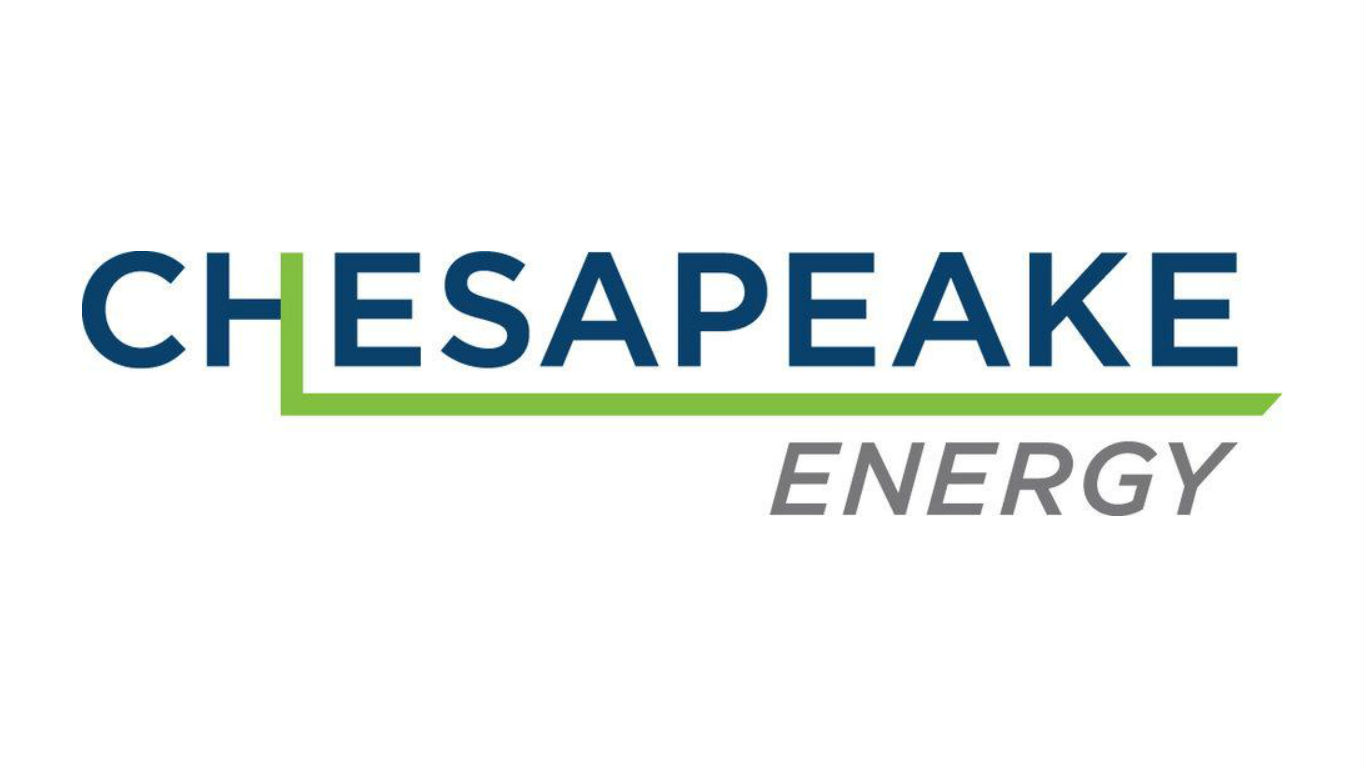
Oil and gas producer Chesapeake Energy Corp. (NYSE: CHK) on Sunday filed for bankruptcy protection, two months after reports of discussions with creditors were first reported. The only surprise is that the filing took so long.
Chesapeake has been a dead man walking for the best part of a decade.
The company will reorganize approximately $7 billion in debt and receive $925 million in debtor-in-possession (DIP) financing to continue operating. Chesapeake also has secured a $600 million rights offering, backstopped by some of its existing lenders, and a $2.5 billion exit financing package. At the end of March, Chesapeake reported $9.2 billion in long-term debt. According to Bloomberg, the company listed assets of $10 billion and liabilities of $50 billion.
CEO Doug Lawler, who took over in 2013, said that even though the company had eliminated some $20 billion of leverage and financial commitments, “we believe this restructuring is necessary for the long-term success and value creation of the business.”
In its early days, the company, under co-founder and CEO Aubrey McClendon, was an early adopter of the drilling practice that has come to be known as fracking. In the middle of the first decade of the 21st century, natural gas prices soared to more than $13 per million BTUs in 2008 (as of Monday morning, the price is around $1.60 for an equivalent amount).
If the company couldn’t make money once prices collapsed, the next best thing was to buy and sell leasing rights to proven reserves. The company’s business model began to emphasize an aggressive plan to lease acreage in many shale gas plays. Next, the company proved the presence of the energy resource and, finally, flipped the property for a profit.
In early 2012, for example, Chesapeake sold a 25% stake in its leases in Ohio’s Utica shale play to French oil major Total for $2.3 billion. At time, McClendon said, “This Utica transaction is our seventh significant JV and in these seven JVs, Chesapeake has sold approximately 1.5 million net acres for total leasehold consideration of $14.8 billion while retaining 3.6 million net acres as of the JV date with an indicated value by the JV partners of $45.7 billion.” By then, natural gas traded at around $3 per million BTUs.
A few months later, Chesapeake’s board discovered (it said) that McClendon had reportedly borrowed up to $1.1 billion using his interests in Chesapeake’s wells as collateral without disclosing the loans to shareholders. In May, the board ousted McClendon as board chair and terminated the program that gave him the right to participate in every new well the company drilled.
In June, Reuters reported that it had discovered a series of emails between Chesapeake and Canadian oil and gas firm Encana that suggested the companies had engaged in bid-rigging. (Encana changed its name to Ovintiv in January 2020 and moved its headquarters to the United States.) In 2016, McClendon was indicted on the charges. The day following that announcement, he was killed in car crash.
In January 2013, McClendon resigned as CEO after receiving a munificent retirement package and after his board’s review exonerated him of any wrongdoing related to his well participation in the company’s wells.
Lawler’s term as CEO began in May of 2013 and has been driven by a commitment to reduce Chesapeake’s debt. But that has been getting harder to do because of low prices for both oil and natural gas. The leases the company had accumulated are worth less, as are the hydrocarbons it produces on its own.
With few buyers and falling revenues from oil, Chesapeake skipped an interest payment on its debt due earlier this month and noted that a payment due June 30 was unlikely to materialize. The bankruptcy filing was virtually certain to occur before the company missed that payment.
Chesapeake shares closed at $11.85 on Friday, less than half their value following a 1-for-200 reverse stock split in April. On a pre-split basis, the share price would have been about $0.06 at Friday’s closing price.
Take Charge of Your Retirement In Just A Few Minutes (Sponsor)
Retirement planning doesn’t have to feel overwhelming. The key is finding expert guidance—and SmartAsset’s simple quiz makes it easier than ever for you to connect with a vetted financial advisor.
Here’s how it works:
- Answer a Few Simple Questions. Tell us a bit about your goals and preferences—it only takes a few minutes!
- Get Matched with Vetted Advisors Our smart tool matches you with up to three pre-screened, vetted advisors who serve your area and are held to a fiduciary standard to act in your best interests. Click here to begin
- Choose Your Fit Review their profiles, schedule an introductory call (or meet in person), and select the advisor who feel is right for you.
Why wait? Start building the retirement you’ve always dreamed of. Click here to get started today!
Thank you for reading! Have some feedback for us?
Contact the 24/7 Wall St. editorial team.




